Blaxploitation Education: Scream Blacula Scream
If this movie had been made a year later, Pam Grier vs. Blacula would have probably been more of a banger.
Scream Blacula Scream
Written by Joan Torres & Raymond Koenig and Maurice Jules
Directed by Bob Kelljan
1973
Blaxploitation and horror don’t seem to be the best mix. The Blaxploitation genre is about empowerment of people who previously didn’t have much of it, and while horror doesn’t necessarily have to be about disempowerment, there are generally two options: either make Black people the victims or make them the monsters that have to be defeated or escaped (I suppose there could be some final-girl-style empowerment for potential victims, but that only comes after victimization, and others usually have to die along the way). Perhaps that’s why Blacula and this, its sequel, don’t seem to fit too well into the Blaxploitation genre. A Black vampire makes for a cool figure, but he has to die in the end, which goes against the trend of the main character surviving in most of these movies.
In what seems like an effort to connect Blacula to modern supernatural themes affecting Black people, Scream Blacula Scream uses voodoo to resurrect the vampire who died at the end of the first film. However, the way voodoo is depicted in movies is mostly an invention of white people who believed that Black people brought some spooky mystical practices with them from Africa. It’s one of those dumb tropes that still occasionally shows up in movies (especially if they’re set in New Orleans), treating Black people as if they’re mystical creatures that have some sort of ancient connection to their motherland rather than, you know, actual human beings.
So, the plot here involves a voodoo cult in which the elderly female leader has died. Her son, Willis (Richard Lawson, who will show up in a couple more Blaxploitation movies), believes that he should inherit the position, but everyone else doesn’t like him very much, and they let him know that they’ll be voting to choose the new leader. The heir apparent is Lisa (Pam Grier), who everyone says has some amazing natural voodoo talents, but we mostly just have to take their word for it until the film’s climax. Willis is pissed off at the rejection, so he vows to get his revenge by seeking help from an old guy who had also been kicked out of the cult. That guy gives him some bones that contain powerful magical forces but warns him about the dangers of messing with things that he doesn’t understand. He doesn’t listen, of course, so when he performs a ritual with the bones, he accidentally resurrects Blacula (William Marshall).
This sets up what seems like a cool conflict that will pit Pam Grier against a vampire, but unfortunately, this must have been made before Coffy was released and showed everyone how awesome she could be. Instead of the badass Pam Grier you would expect, we get a much more timid version. She spends the movie whining and cowering in fear, and she’s only moved to action in the climax after witnessing the violence that Blacula is capable of. It’s incredibly disappointing, even if she’s just playing the character as written, serving as a horror heroine who is menaced by a villain before managing to escape in the end.
The real hero of the movie is Lisa’s boyfriend Justin (Don Mitchell), who we learn is a former cop but now works as a dealer in African antiquities. After Blacula’s resurrection, he feeds on the blood of Willis and a couple of his friends, then shows up at a party they were planning to attend where Justin is showing off some of his relics. Blacula identifies himself using his former name, Prince Mamuwalde, and he reveals a knowledge about the objects on display that surprises everyone (the writers having apparently assumed that Africa is not a vast continent, but a small community of people who all know everything about each other). He also keeps biting people and turning them into vampires, causing much consternation among the police, since they can’t figure out why the victims’ bodies keep disappearing.
As Justin investigates the murders and starts to suspect that there’s a vampire on the loose, it takes him a while to suspect that this strange, cape-wearing character who showed up out of nowhere just before the deaths started happening might be the villain. At the same time, Blacula falls in love with Lisa and becomes convinced that she can use her voodoo powers to free him from his curse. This leads to a climax in which the police raid Blacula’s home and fight his vampire minions, eventually interrupting Lisa’s voodoo ritual and preventing him from ever finding peace. Tragedy!
This is all fairly enjoyable, although the movie is kind of slow-moving until the big finale, and it lacks even the small hints at social commentary that worked their way into its predecessor. William Marshall does make for a good vampire villain, with his deliciously deep voice and his polished delivery. He’s also a suitably tragic figure, someone who is forced to constantly kill others and wants to get away from that lifestyle, but also seems to enjoy inflicting violence at least a little bit (there may be a slight bit of commentary in a scene where a cop tries to accost Blacula, saying “You better stay out of this, or I’ll lock your uppity Black ass up—” before being cut off mid-sentence and getting his ass beat). When the time comes for Blacula’s defeat, Marshall sells the anguish wonderfully, providing a reason for the title.
This is probably what could be expected from a low-budget sequel to a cheap horror movie that exists mostly because the title is kind of funny. But man, just imagine how awesome it could have been to see Pam Grier in action-hero mode go up against Blacula. If only the filmmakers had realized the power they had at their disposal. Comparing this to what could have been is only going to lead to disappointment. When it comes to any further Blaxploitation horror movies, I fear more disappointment is in store, although I’ll be happy if I’m proven wrong.
Blaxploitation Education index:
UpTight
Cotton Comes to Harlem
Watermelon Man
The Big Doll House
Shaft
Sweet Sweetback’s Baadasssss Song
Super Fly
Buck and the Preacher
Blacula
Cool Breeze
Melinda
Slaughter
Hammer
Trouble Man
Hit Man
Black Gunn
Bone
Top of the Heap
Across 110th Street
The Legend of N***** Charley
Don’t Play Us Cheap
Shaft’s Big Score!
Non-Blaxploitation: Sounder and Lady Sings the Blues
Trick Baby
The Harder They Come
Black Mama, White Mama
Black Caesar
The Mack
Book of Numbers
Charley One-Eye
Ganja & Hess
Savage!
Coffy
Shaft in Africa
Super Fly T.N.T.

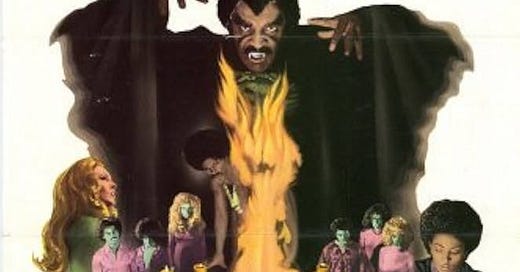



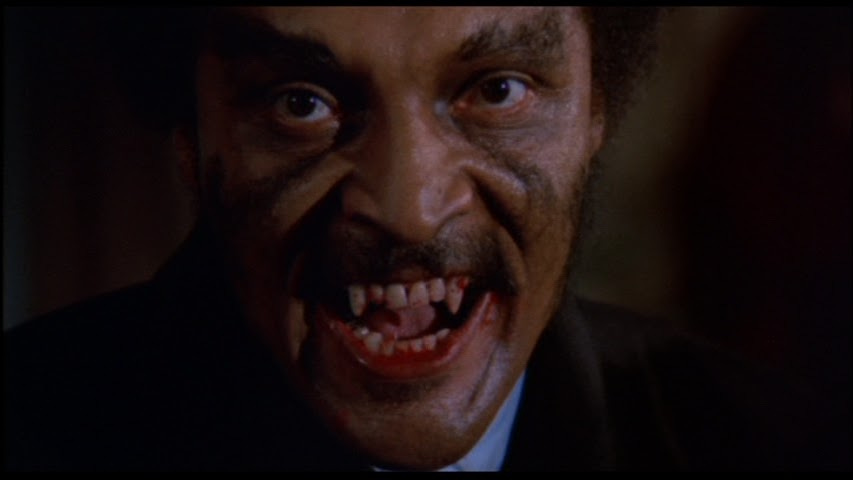
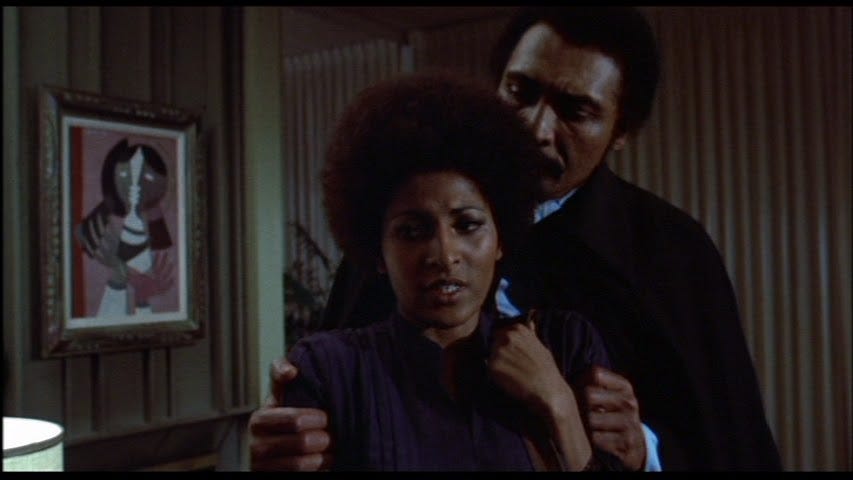
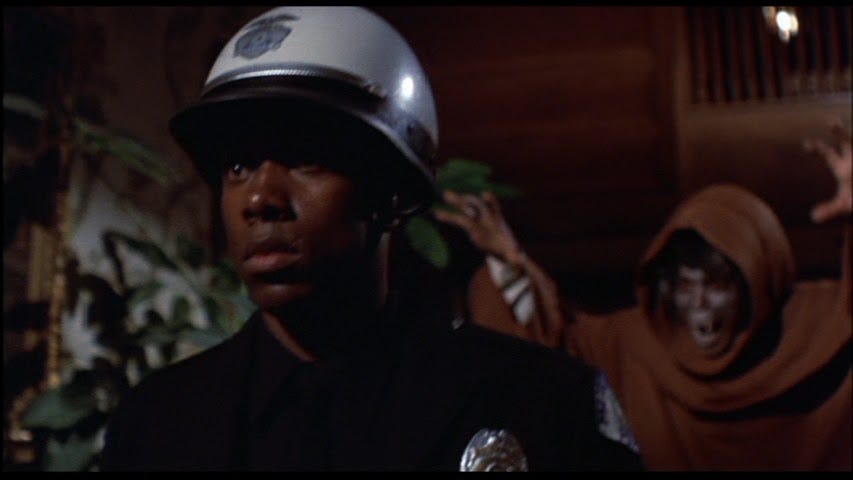
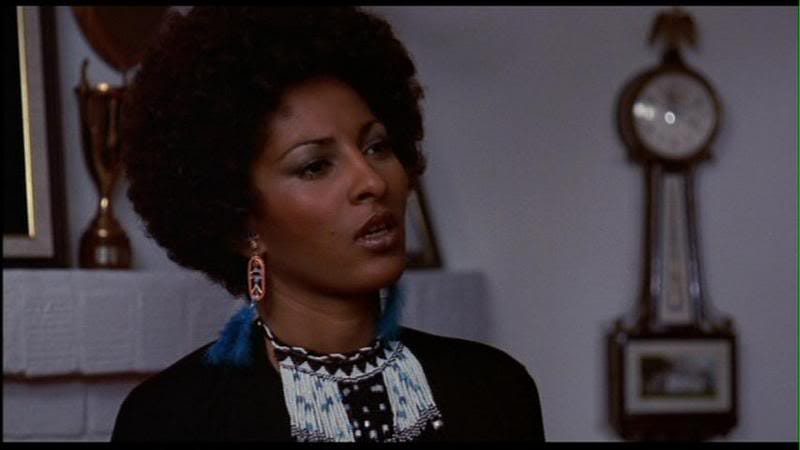
"an invention of white people who believed that Black people brought some spooky mystical practices with them from Africa...." Or via the Caribbean and New Orleans from Africa via slavery. And occasionally practiced by nefarious white people as well, such as the aptly named Murder Legendre (Bela Lugosi) in the 1933 horror classic "White Zombie".
On the whole, white people have treated voodoo and its offshoots hoodoo and vodun as novelties of Black life, when, in reality, much of what they know about the practice is incorrect and distorted by racism and ethnocentrism.